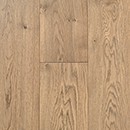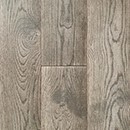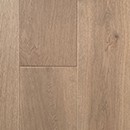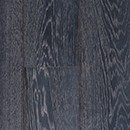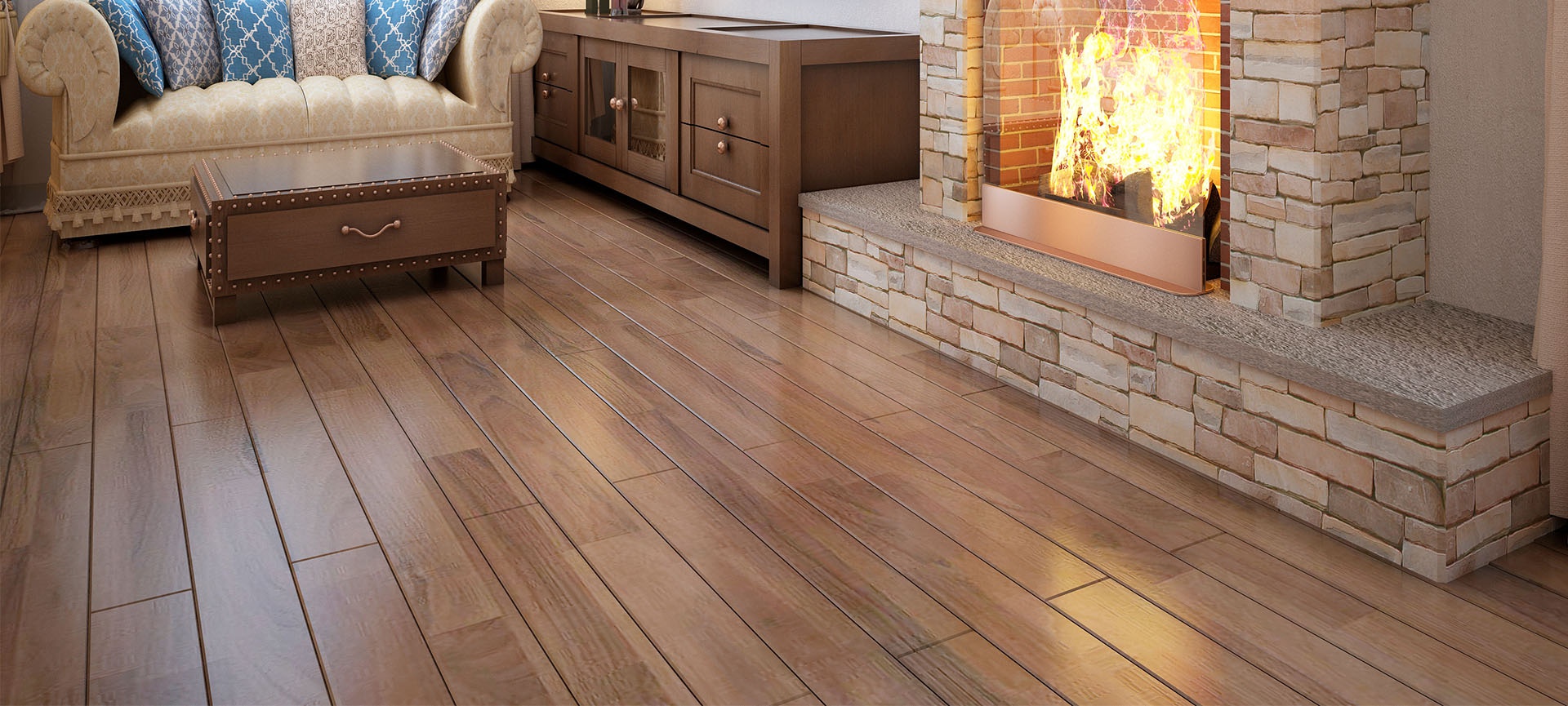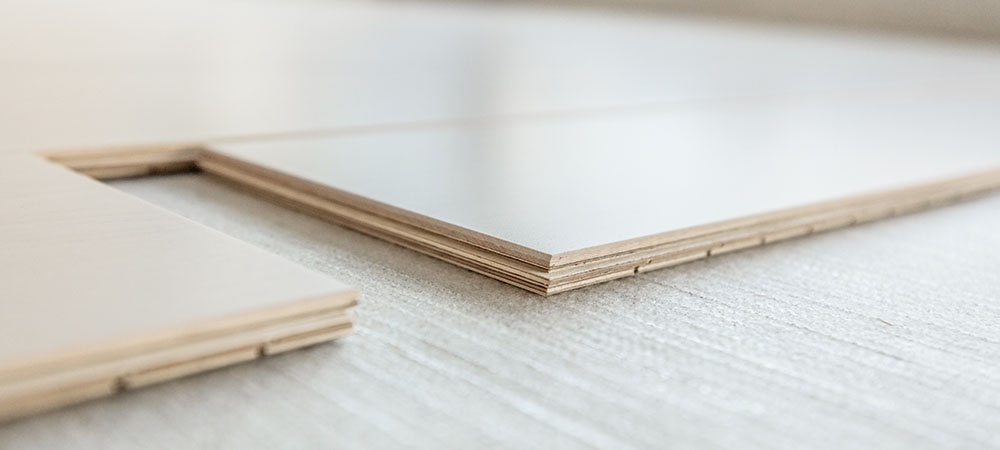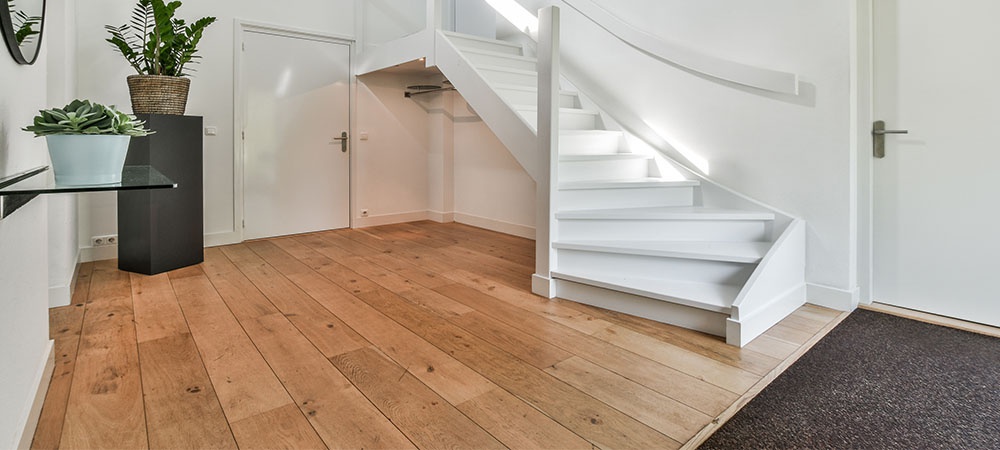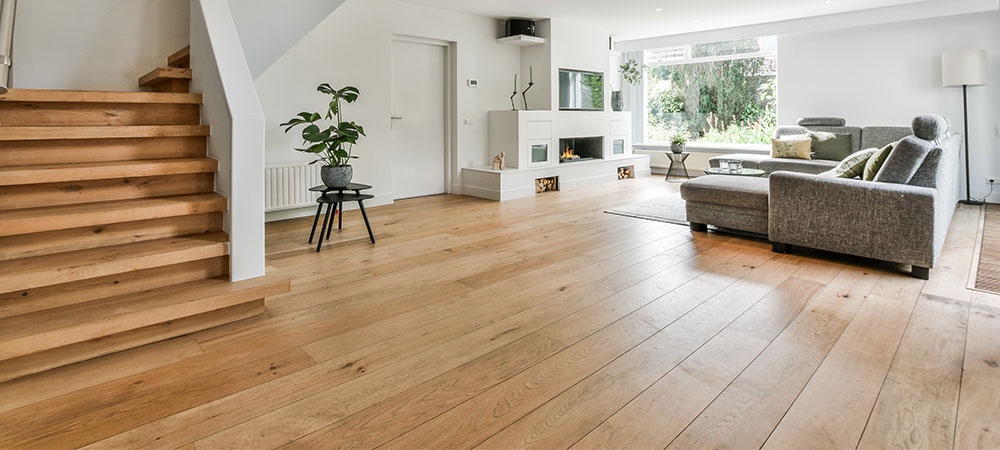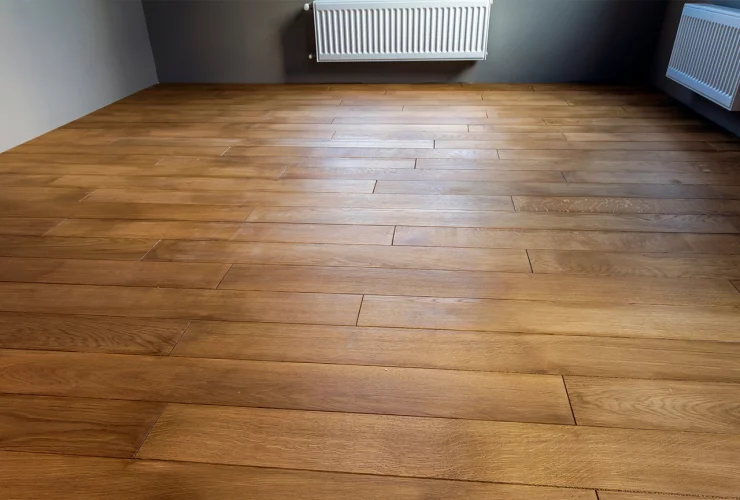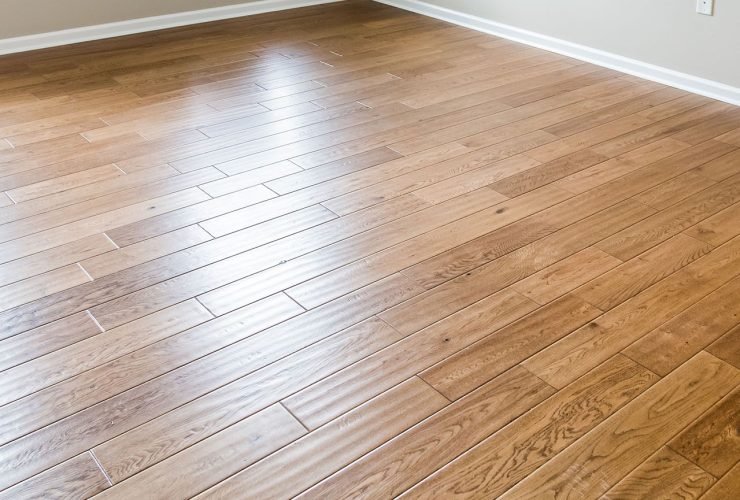All About 3-Ply Engineered Flooring
How knowledgeable are you on 3-ply engineered flooring? How familiar are you with the features of 3-ply engineered wood? How conversant are you with installing 3-ply engineered wood?
If your answers to any of the questions above are uncertain, you are in luck. This article will educate you on 3-ply engineered wood and the flooring process.
Furthermore, you will understand what 3-ply engineered flooring is and its applications. Ultimately, this article will assist you in making the right decisions when dealing with 3-ply engineered floors.
What is 3-Ply Engineered Flooring?
Let’s get down to the basics of 3-ply engineered flooring. The flooring consists of three layers, as implied by the name. The three parts are:
- Top layer
- Middle layer
- Base layer
The top layer is known as the wear layer. This wear layer is the one you get to see and interact with directly. The middle layer is softcore wood that reinforces the 3-ply engineered floor. Lastly, the base layer consists of hard, durable plywood.
A powerful adhesive holds the three pieces tightly together to create a tough and durable piece of engineered wood. After installation, the top or wear layer is the portion that receives surface finish and can be any choice of wood that you prefer.
The other two layers are primarily responsible for 3-ply engineered flooring and its durability features. The combination of all three pieces of wood makes 3-ply engineered wood a supremely adaptable and versatile piece of flooring around the house.
Top Features of 3-Ply Engineered Flooring
Features are the most critical aspects of any product. Hence, the 3-ply engineered flooring has numerous features that make it an ideal choice for your home. Each feature contributes to the overall functionality of the 3-ply engineered wood for your home.
Ease of Installation
When it comes to purchasing products, one thing that makes the usage of the products more appealing is the ease of installation. Hence, what is 3-ply engineered flooring, if not an easy means to install a piece of durable flooring?
The 3-ply engineered wood comes with a tongue and groove system, making the pieces fit together like puzzle pieces. Basically, installing these 3-ply engineered floors becomes as smooth as fitting LEGO blocks.
These tongue and groove fixtures further allow for a versatile range of installations. You can install the 3-ply engineered wood through gluing, stapling, and floating. Furthermore, you can install the 3-ply engineered wood over old hardwood floors and concrete subfloors, making the 3-ply engineered wood suitable for virtually any region in your home.
Environmental friendliness
Another vital feature of 3-ply engineered flooring is its eco-friendly nature. Homeowners are always looking for ways to make their homes more environmentally friendly, and the 3-ply engineered wood is the way to go.
3-ply engineered flooring consists of a thin plate lying on cheap plywood. This unique style of processing helps in the conservation of wood. Therefore, this process makes the flooring more robust and more affordable.
Furthermore, there’s also the trend of combining the plywood with a mix of recycled wood fibre and stone dust which further reinforces the 3-ply engineered wood structure.
Resistance to Temperature Changes
Another feature that makes 3-ply engineered flooring a good idea is its ability to withstand fluctuating temperatures. The multiple layer design of the 3-ply engineered wood allows the wood to expand without negatively affecting the stability of the wood.
The respective plywood and hardwood layers of the 3-ply engineered wood undergo fusion in the presence of pressure and heat. These forces enable the 3-ply engineered flooring to prevent the regular chances of the hardwood from warping, expanding, contracting, and more.
Versatile Range of Styles and Finishes
Ultimately, what your 3-ply engineered flooring looks like will be up to you. There are many grades, styles and finishes that you can apply to the outlook of your 3-ply engineered wood.
Styles of wood can range from oak to hickory to maple and more. There is also a vast array of finishes to choose from, like matte or gloss. Furthermore, you can customize your 3-ply engineered flooring to your taste and wallet capabilities. Hence, you can choose between premium oiled versions or modestly affordable lacquered options.
Furthermore, you have myriad choices for installing 3-ply engineered wood flooring. So, if you are looking for a hardwood store selling quality and versatile 3-ply engineered floors, we got you covered.
Tough Moisture Resistance
The dimensional stability of 3-ply engineered flooring is significant because the wood can withstand moisture more than other traditional hardwood. In addition, the 3-ply engineered wood will not deform easily when in contact with water which makes them long-lasting.
3-ply engineered wood owes this inherent stability to the cross layers of plywood within its structure. This cross pattern design is opposite to the parallel arrangement of regular hardwood. This reinforced protection makes 3-ply engineered flooring a good idea for water-prone areas.
Increased Market Demand
The North American wood flooring market was worth USD 4.6 billion in 2019, and there is a prediction to increase at a 1.5 percent compound annual growth rate (CAGR) from 2020 to 2027.
The market develops due to rising demand for visually beautiful, long-lasting alternatives to standard floorings. In addition, floor covering options like the 3-ply engineered floors have become increasingly important as the interior décor and real estate industries develop.
3-ply engineered wood planks continue to grow in popularity in the future years due to their natural appearance and longer lifespan compared to other flooring options.
Rooms to Install 3-Ply Engineered Flooring in the House
With this amount of knowledge you have amassed so far, you may wonder, “where should I install the 3-ply engineered flooring?” Fortunately, we have some answers for you.
Due to the durability and tenacity of the 3-ply engineered wood, the flooring is capable of withstanding shifting temperatures in the home as mentioned previously. One room that can benefit from this oscillating change in temperature is a greenhouse.
Greenhouses have glass walls that trap excessive heat. With the 3-ply engineered flooring, you can avoid this issue.
Furthermore, the 3-ply engineered floors provide under-floor heating, making them suitable for use in sauna rooms. The humidity of the sauna will not distort the structure of the 3-ply engineered floor.
Lastly, you should install the 3-ply engineered flooring in water-prone areas like the bathroom. The constant spillage of water to the floor will not damage the floorboards, especially if you wipe the surface of the 3-ply engineered floors regularly.
How to Install 3-Ply Engineered Flooring
Following what you already know previously, let’s dive deeper into the installation process of 3-ply engineered floors. Fortunately, the process is relatively hassle-free in comparison to other hardwood floor installations.
As you remember from earlier, we said that the structure of the 3-ply engineered flooring consists of a tongue and groove system. In addition, this system features a simple click-fitting format.
Hence, you can place the 3-ply engineered wood directly down to the subfloor. Or, you can float the wood on an overlay.
Ultimately, the manner of installation primarily depends on your personal preference. However, we advise that you fix the 3-ply engineered floor directly down to the subfloor of a busy room. This approach works for rooms where frequent walking or running occurs, like the parlour or kitchen or even an industrial site.
Related Article: Benefits of Long Plank Flooring
DIY Installation for 3-Ply Engineered Flooring
Alright, let’s take an even deeper dive into the installation process of the 3-ply engineered flooring should you feel the need to install it yourself. Firstly, you need to know about the material of the subfloor. This knowledge will further direct the approach to install the 3-ply engineered wood.
Concrete SubFloor
- When dealing with a concrete subfloor, the first thing to do is ensure that the concrete floor is completely flat and clean.
- Utilize a tester to ensure that the concrete subfloor has a smooth and levelled surface
- Next, you need to conduct a moisture test on the concrete subfloor to determine whether it’s alright to proceed with the flooring.
- Use a concrete moisture reading equipment to test for the moisture content accurately
- The moisture content will reflect accurately on the device to determine whether it’s safe to start the installation process.
- In the case of a short time window, you can utilize a Damp Proof Membrane which will create a barrier between the concrete and the 3-ply engineered wood.
- You can proceed to install the 3-ply engineered flooring once you confirm the moisture content.
Wooden SubFloor
- When it comes to the wooden subfloor, ensure that the sub floor is stable and firm
- Nail down any loose wooden sections of the sub floor
- If necessary, preemptively apply plywood over the pre-existing wooden sub floor
- The plywood will reduce inconsistencies on the surface of the wooden subfloor that may interfere with the 3-ply engineered wood installation
- Carry out a moisture test of the wooden subfloor with a two-pronged wood moisture meter
- Proceed to install the 3-ply engineered flooring once you confirm that the moisture level is safe
Installing the 3-Ply Engineered Flooring on the Sub Floor
Once you ensure the optimum condition of your subfloor, it’s time to install the 3-ply engineered wood. Here is a breakdown of what installing 3-ply engineered flooring looks like:
- Start from the longest wall and leave a 12mm gap around the perimeter of the room
- Add adhesive to the surface of the sub floor with a trowel and spread the glue over a meter square at a time
- Next, place the 3-ply engineered wood planks unto the glued surfaces and push them down to stick properly
- You do not need an additional adhesive within the planks as they already come in a bound form
- The glue takes approximately 15 to 20 minutes to set in; hence you can re-adjust the 3-ply engineered wood planks if you place them wrongly the first time.
- Use floor straps to push the 3-ply engineered planks to eliminate any unpleasant gaps between the planks.
- The adhesive is flexible and rubbery when it dries and will not crack like rigid adhesive
The flexibility of the adhesive allows the 3-ply engineered flooring to expand and contract in hot and cold weather, respectively, without disturbing the bond between the 3-ply engineered planks and the subfloor.
Pros and Cons of 3-Ply Engineered Flooring
As with any product in the household, there are pros and cons to using 3-ply engineered flooring. It is essential to be aware of these pros and cons to make the right decision regarding the use of the 3-ply engineered wood.
Pros of Using 3-Ply Engineered Flooring
Moisture Resistance
The 3-ply engineered flooring consists of three layers that combine to form a solid core. The wear layer, which is the top layer, is made from solid oak or maple and is incredibly durable to moisture. In addition, the planks will not warp easily from exposure to frequent moisture.
Affordability
The 3-ply engineered planks are cheap and accessible on the market. Solid wood flooring is readily available for sawing, and plywood is bountiful in nature. Hence, the availability of the raw materials makes 3-ply engineered wood easy to manufacture and distribute.
Longevity
A popular feature of the 3-ply engineered flooring is its long-lasting capabilities. The average 3-ply engineered planks can last 25 years. Furthermore, you can sand down the planks to look new and fresh once in a while to give the flooring a rejuvenating look.
Suitability
The 3-ply engineered floors adapt to relatively harsh conditions, making them suitable for installation in volatile rooms. Rooms subject to high humidity are perfect for 3-ply engineered floors. The underfloor heating capabilities also help to keep your home warm during harsh winter months.
Stability
Due to the internal criss-cross pattern of the 3-ply engineered flooring, the floorboards can withstand considerable pressure over time. This dimensional stability protects the flooring from haphazard temperatures and consistent footfalls and pressure.
Variety
3-ply engineered wood offers a wide range of natural designs that are aesthetically pleasing and more desirable. This variety is unlike solid wood planks, which aren’t as readily available
Ultimately, with 3-ply engineered wood, you get a combination of natural timber and diverse patterning. In addition, advancements in technology provide various textures, finishes and patterns that ensure your particular 3-ply engineered wood is unique.
Cons of Using 3-ply Engineered Flooring
Limited Sanding and Refinishing
Despite the longevity of 3-ply engineered flooring, the number of times that sanding and refinishing can take place on the wood is limited. However, a significant scratch can occur on the surface of the wood, which can necessitate a process of sanding and refinishing.
Unfortunately, you must take care when subjecting the 3-ply engineered wood to this process. You can’t afford to sand down the surface too many times without compromising the core of the layers.
How to Maintain and Keep your 3-Ply Engineered Flooring in Great Shape
Now that you are familiar with the pros and cons of 3-ply engineered flooring let’s get into the maintenance. 3-ply engineered wood can be resilient against moisture and temperature changes. However, you need to mop up any spillages and remove standing water frequently.
Furthermore, if your 3-ply engineered planks are in your bathrooms or kitchens, watch out for chemical spills. These chemical spills can cause irreversible damage if you do not deal with them immediately.
Prevention is better than cure, and the same principle applies to the maintenance of 3-ply engineered flooring. Below are some additional measures to take to maintain and preserve the lifespan of your 3-ply engineered planks.
- Place 3-ply engineered planks in the rooms for installation for a few days so that the wood can acclimatize to the temperature of that particular space.
- Sweep the floor at least three times a week to eliminate debris and reduce scratches
- Always sweep the wood floorboards before you mop them to maximize cleanliness.
- Ensure to mop the 3-ply engineered wooden floors at least once a week
- We recommend the use of a microfiber mop over a regular mop for soft cleaning
- Mix and use vinegar water and hot water for tough and hard to remove stains
- Ensure to add a few drops of specialized engineered wood cleaner for added purity
- You can use a vacuum machine on the surface, but ensure that the vacuum is lightweight with soft bristles
Fortunately, you can buy and install 3-ply engineered wood flooring from any of our stores nationwide. Our experts can provide you with vital information regarding the installation of the planks. The experts can also assist in the installation of the 3-ply engineered flooring.
Cleaning Products to Avoid Using for 3-Ply Engineered Flooring
Not every cleaning product is ideal for cleaning the surface of your 3-ply engineered flooring. Some products may be harsh or even damaging to the surface of the planks. Examples of some of these products and their effects are:
- Ammonia-based cleaning agents can damage the surface
- Avoid using steam cleaners as they can inject excess moisture into the floorboards
- Be wary of using stiff brushes or scouring pads as they can create scratches
Related Article: Wide Plank Flooring – Pros & Cons
In the End
3-ply engineered flooring offers a wide diversity of designs and textures leaving you with sturdy, durable wooden floors. The wooden panels are environmentally friendly and moisture resistant. In addition, the 3-ply engineered planks are resistant to temperature fluctuations and will stand the rough test of time.
Moreover, 3-ply engineered planks are easy to install by yourself and also easy to maintain. Here at Three Trees Flooring, we offer a variety of 3-ply engineered flooring planks to fit different home improvement needs.
You can browse our online catalogue of 3-ply engineered flooring designs for further information and get started today.
Or call (416) 665-2624 to discuss alternative flooring options.


